The IMF Is Coming!
The IMF is back in town! Hide the gold and jewelry! Really, the IMF is back in the ROK to make amends. WangKon936′s original posts on the “IMF Crisis” and this old piece by Joseph Stiglitz (in lieu of a review I wrote of book-length treatment from a grad school class) are useful backgrounders on why the IMF feels so contrite. It seems the IMF learned about burnishing its image and allowing others to criticize it.
With the fund’s reputation so bad here, the Seoul government found itself during the 2008 global crisis with no choice but to reject a loan opportunity the IMF had created for countries that, like South Korea, were in a good financial position.
And now, the IMF is positioned to play a major role in solving the main problem South Korea experienced in the 2008 crisis—a rapid outflow of foreign currency.
IMF and Seoul officials are crafting a new emergency-loan program geared to Asia that would be made available during a financial crisis. “It takes time to heal, but I believe there is now a clear interest in moving forward,” said Caroline Atkinson, the IMF’s head of external relations. “Asian governments also see there’s value in making the fund their own.”
Indeed, South Korea’s work with the IMF on the loan program and on this week’s conference provides the country with a chance to show it can operate at the highest levels of international economic diplomacy.
In November, Seoul is to host a summit of leaders of the Group of 20 industrial and developing nations, where it faces skepticism that it can handle the ambitious agenda, including coming to a global deal on financial regulation and capital standards.
For the IMF, patching up its reputation in Asia is important as the region becomes an even more significant part of the world economy.
Last week, the IMF for the first time announced from Asia an update to its world-wide economic outlook. And next year, several Asian countries are likely to gain a bigger say in the IMF’s operations when its shareholding structure is rebalanced.
IMF officials are well aware that South Koreans blame the organization for the difficulties the country went through in the late 1990s. Last week, IMF officials wore South Korean soccer towels and t-shirts at a news conference to discuss the fund’s latest review of the country. “We have all learned lessons,” Ms. Atkinson said. “One of these is that to have ownership of difficult measures is a key to their success.”
South Korea repaid most of the loan it received from the IMF, along with the ones it brokered from other countries, in 1999 and was back to its pre-crisis economic output by the following year. Even despite that quick recovery, the IMF’s stigma persists here.
I’m just not sure anyone, including Seoul, has learned the real lesson. An economy needs real growth, not financial gimmicks, for people to prosper. As far as I know the ROK’s problem is that it’s addicted to currency manipulation and property bubbles.
Whenever South Korea’s currency, the won, has fluctuated against the dollar in recent months, the authorities in Seoul have had a deep sense of déjà vu. They remember the dark days of 2008 when finance officials jetted around the world trying to convince people that their export-dependent country was not the next Iceland. It was a tough sell.
Back then local and foreign banks in Seoul had amassed huge short-term dollar debts. That was partly a result of foreign-exchange hedging in South Korea’s large shipbuilding industry and partly thanks to a “carry trade” in which investors swapped cheaply borrowed dollars for won on the expectation that the local currency would rise. After the collapse of Lehman Brothers, there was rapid deleveraging. As South Korea’s capital account plunged into the red at the end of 2008, the won tumbled (see chart). In 2008 it was the second-worst-performing currency in the OECD—after the Icelandic krona.
Fast forward to 2010 and South Korea has experienced the same pattern in miniature. An economy that the OECD this week said may grow by 5.8% this year has once again attracted lots of speculative foreign capital, funded by negligible interest rates in America and elsewhere. But investors have again proved fickle. Some of the biggest foreign banks in South Korea are European ones. When Europe’s debt crisis started to unfold, they began feverishly deleveraging, pushing down the won.
The government of President Lee Myung-bak has not been idle since it stared over the abyss in 2008, however. Advised by Hyun Song Shin, an economist at Princeton, it has pondered ways to control destabilising capital flows. It hopes this will influence thinking in the G20, which it chairs this year.
On June 13th it set limits on the build-up of foreign-exchange derivatives that it believes makes the won one of the most volatile currencies in the rich world. Local banks will be allowed to have foreign-exchange derivatives no higher than half their capital base. Foreign branches, which have greater access to hard currency, have a higher ceiling of 2.5 times their capital. The limits are close to current levels; they will be introduced with a three-month grace period; and some existing positions can be held for up to two years. That helped minimise disruption in currency markets—the won actually rose against the dollar the day after the measures were unveiled.
Lots of countries are now experimenting with capital controls: on June 16th Indonesia became the latest, introducing mild curbs on flows of hot money. But Mr Shin insists the limits are a “surgical response” to unique circumstances in South Korea. These include a shipbuilding industry that is paid in dollars over three years and needs to hedge its won costs by selling forward dollar contracts to banks. The country also lacks a deep local-bond market attractive to long-term foreign investors. There is, says Mr Shin, a maturity mismatch in South Korea between long-term assets and short-term liabilities that makes it vulnerable to sudden bursts of deleveraging. “Whenever Europe trembles, we are the first place to jump from,” he says.
The carry-trade activity also hampers monetary policy. Benchmark rates remain at a meagre 2%, which raises inflation fears. With some foreign-exchange limits in place it may be easier for the Bank of Korea to raise interest rates without attracting a renewed surge of speculative capital.
A photo-op will not change the fact that financial liberalization is not a long-term solution. Just like the more substantive solution in 1998 would have dealt with banking reform, today’s solution has to take Seoul’s hunger for currency manipulation seriously.

Powered by ScribeFire.
Filed under: Business/Economy, East Asia, Korea, Politics, Social Science, Subscriptions, USA Tagged: 1997 currency crisis, currency manipulation, financial manipulation, imf, imf crisis, joseph stiglitz, rok, South Korea, thailand



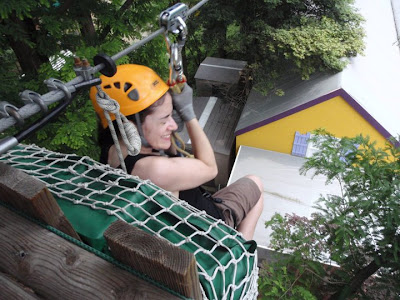

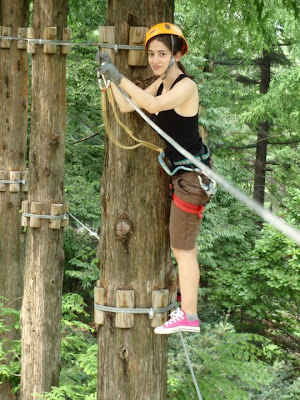





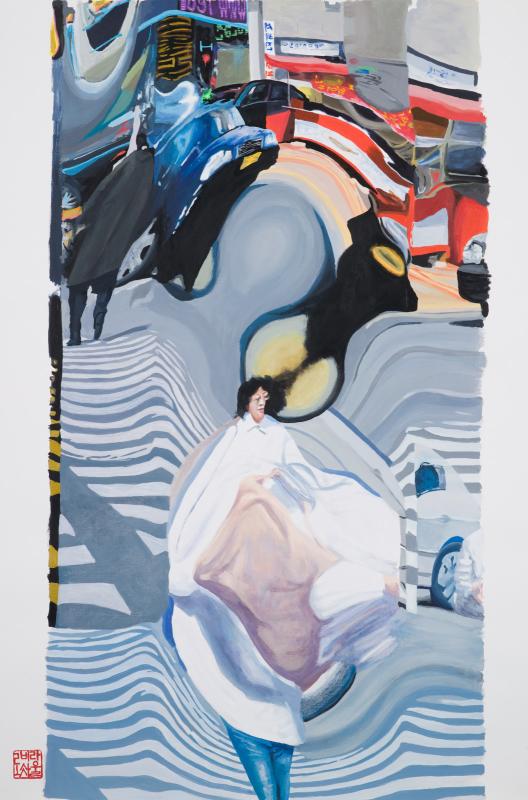
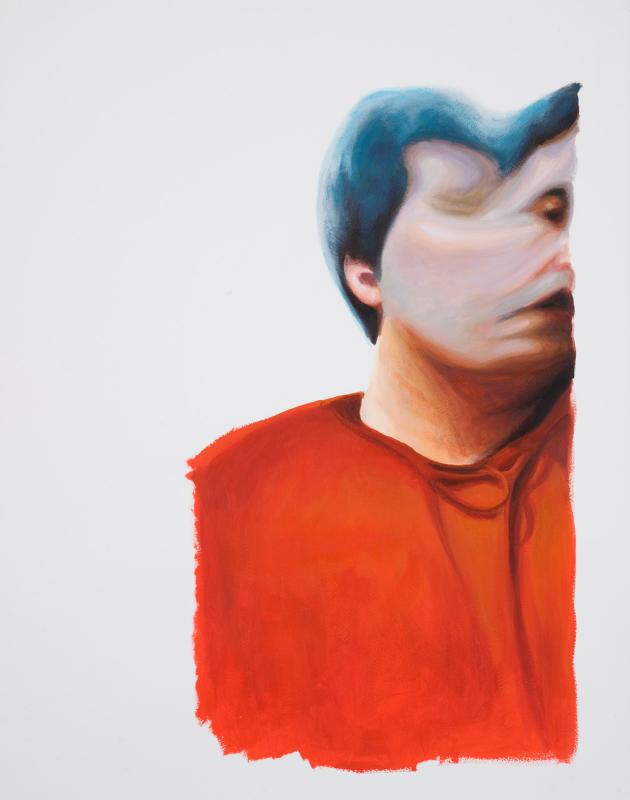



 RSS Feed
RSS Feed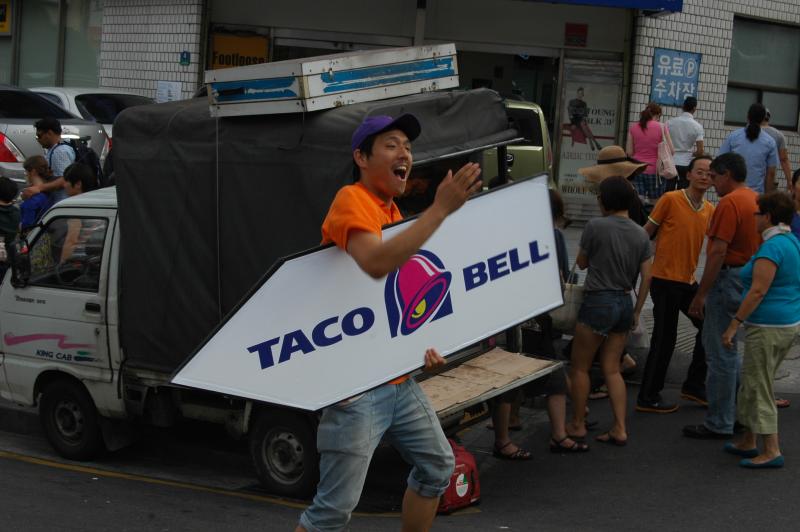

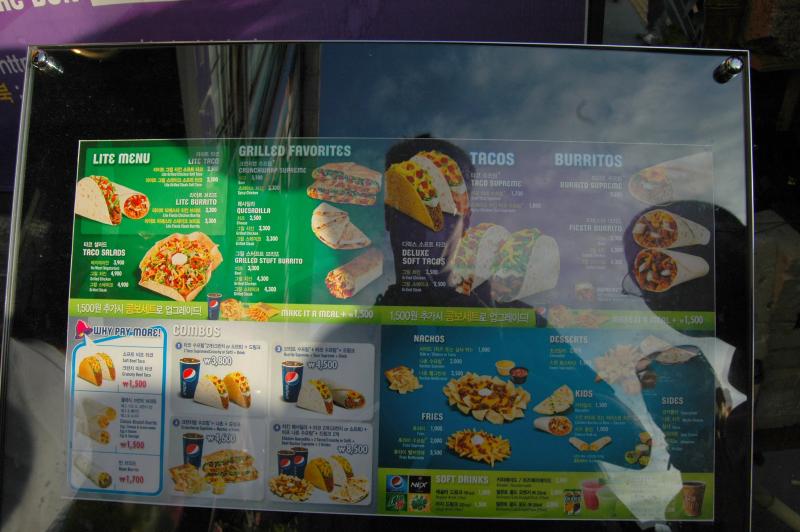
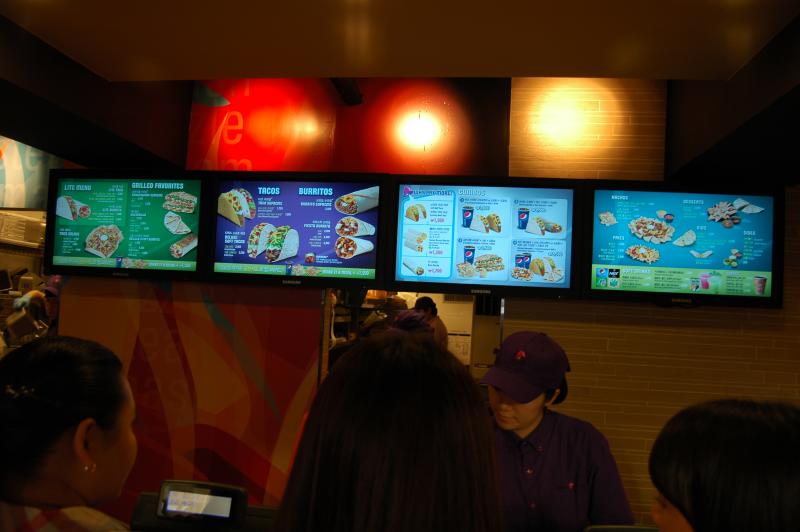
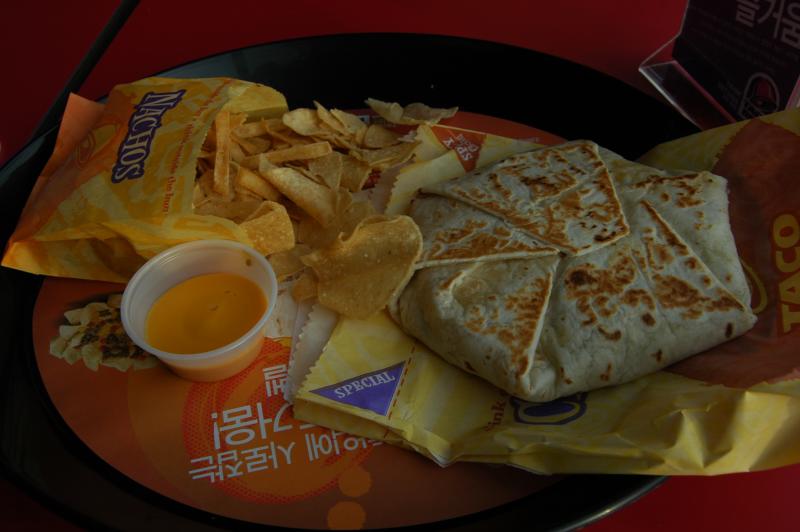



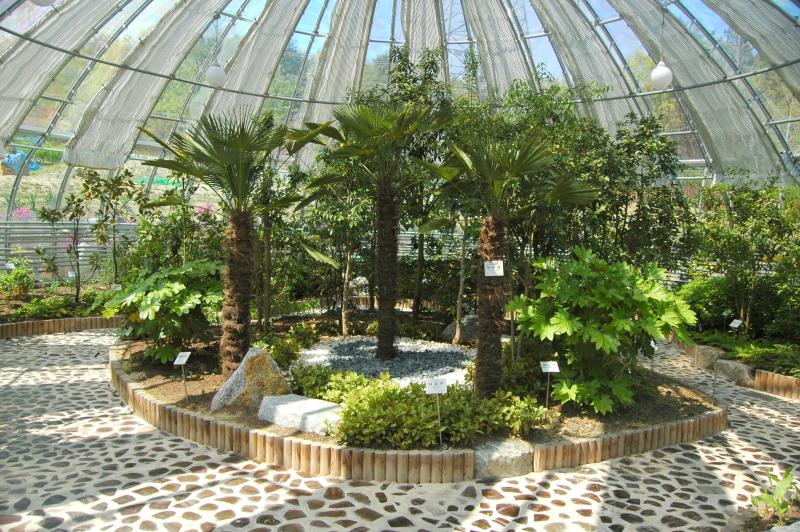
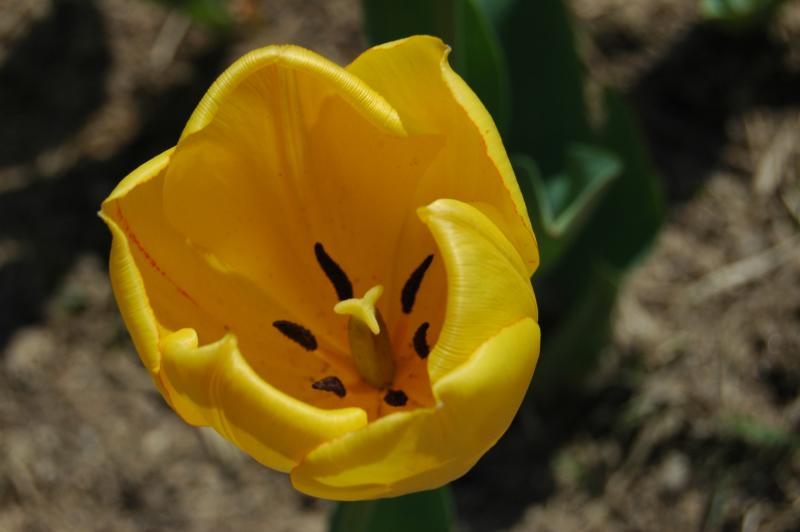

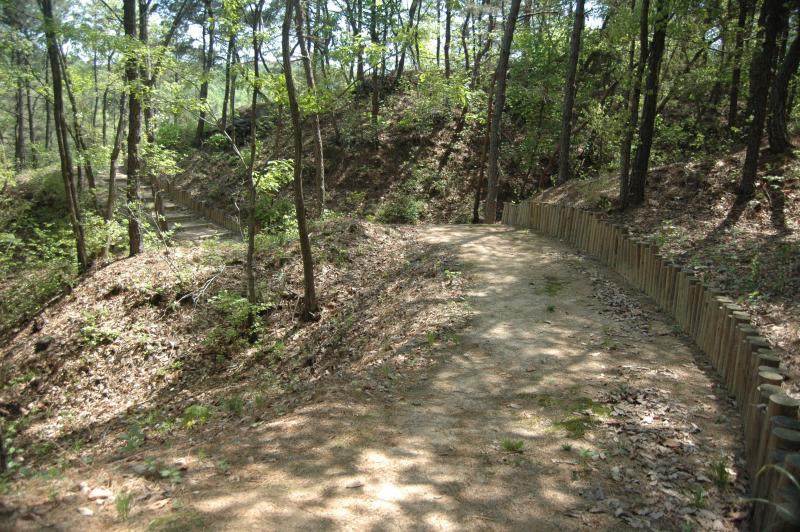
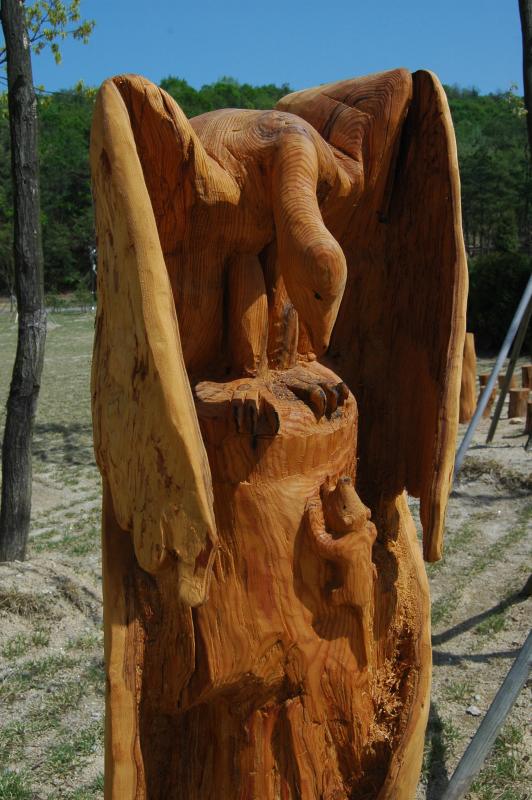




Recent comments